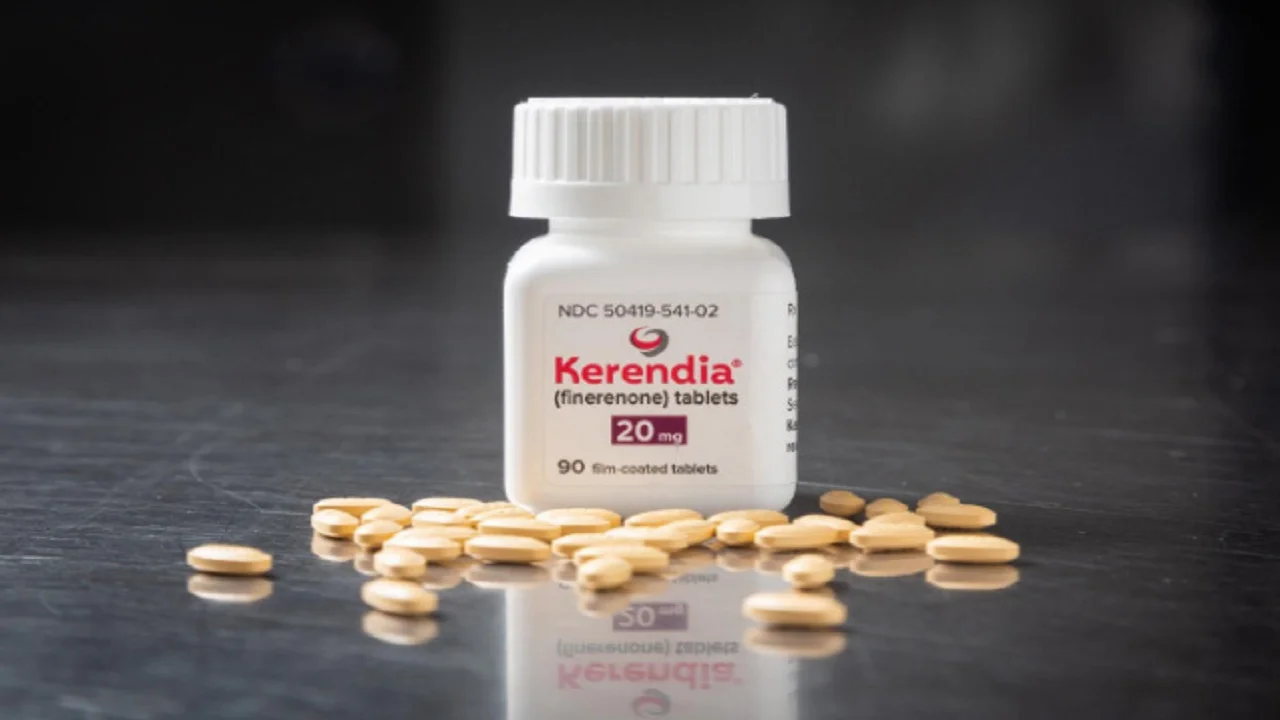
Mitral Stenosis – Symptoms and Clinical Assessment
Symptomatology in mitral stenosis
Dyspnoea – MC symptom due to
Inability to increase cardiac output with exercise
Raised LA pressure—>increased pulmonary venous pressures and reduced pulmonary compliance
Reduced vital capacity because of engorged pulmonary vessels and interstitial oedema
- Angina – 15 %
| Coronary atherosclerosis |
| Associated aortic valve disease |
| RVH |
| Pulmonary infarction |
| PAH with dilated PA compressing LMCA |
| Coronary embolism |
| Low output state |
- Haemoptysis in mitral stenosis
| Pulmonary apoplexy due to rupture of bronchial collaterals |
| Acute pulmonary oedema |
| Winters bronchitis(seen in 28 % patinets) |
| Pulmonary infarction |
| Anticoagulation |
| Hemosiderosis |
- Other symptoms
- Palpitation/Embolic events
- Ortners syndrome – Hoarseness of voice due to compression of recurrent laryngeal nerve by enlarged left atrium, tracheobronchial lymph nodes and enlarged pulmonary artery
- Pulmonary vascular disease
| Passive PAH due to backpressure from left atrium, most common type, trans-pulmonary gradient < 12 mm Hg |
| Reactive PAH due to pulmonary vasoconstriction as a result of chronic left atrial hypertension, seen only in severe stenosis, trans-pulmonary gradient >12 mm Hg |
| Obliterative PAH |
- Theories of Reactive PAH
| Woods theory – due to pulmonary vasoconstriction |
| Doyle et al – due to reflex arterial constriction |
| Heath and Harris – due to reflex arterial constriction |
| Welch et al – obliteration of pulmonary vascular bed |
| Jordons hypothesis – most acceptable. Fluid in alveolar wall leads to hypoventilation of lower lobes resulting in hypoxia which is sensed by chemoreceptors in pulmonary veins leading to arteriolar vasoconstriction |
- Complications of mitral stenosis
| Related to severity | Unrelated to severity |
| PAH | Infective endocarditis |
| Hemoptysis | AF |
| Systemic embolism |
| Atrial fibrillation occurs in around 40 % patients with MS. 80 % incidence more than 50 years of age. Left atrial size more than 40 mm – 54 % AF |
| Systemic embolism – overall incidence is 20 %. Also 20 % in patients with sinus rhythm. Paroxysmal AF and IE are causes of embolism in patients with sinus rhythm. Mortality ranges from 19-22 % |
| Infective endocarditis – incidence 0.17/1000 per year(less than 1 %). Mortality ranges from 5-8% |
Examination in Mitral Stenosis
General physical examination
Mitral facies due to low cardiac output leading to systemic vasoconstriction(acrocyanosis)
Peripheral edema in patients with right ventricular failure
JVP may be normal unless (i) AF leading to absent a wave and x descent(x’ is preserved) (ii) PAH causing prominent a wave (iii)RV failure leading to large systolic c-v waves
Arterial pulse is normal in most of cases unless (i) In presence of MR/AR which leads to increased amplitude and rate of rise (ii)AF leading to irregular pulse with variable pulse volume
CVS Examination
Inspection and Palpation
Palpable S1
Palpable P2 in PAH – Diastolic knock
Palpable OS
Diastolic thrill
Tapping apex due to loud S1
Low amplitude RV impulse in patients with PAH
RV epigastric pulsations in patients with PAH
Auscultation
Loud S1 can be due to
(i)closing of already narrowed mitral valve due to increasing LV pressure in early systole
(ii) persistent LA-LV gradient in late diastole keep mitral valve open deep in LV cavity and they closed from a larger distance causing increased amplitude
(iii)MV apparatus may resonate with higher amplitude than normal due to thickened leaflet and chordae
- Opening snap is a high pitched(widely heard and best during expiration medial to apex) sound due to maximal excursion of mitral cusps into LV cavity in early diastole (funnelling). A narrow A2-OS correlates with severity of MS (i)normal A2-OS:40-140 ms (ii)tight MS:less than 80 ms (iii)long A2-OS: more than 100 ms. In AF during short cycle A2-OS shortens.
- Factors affecting A2-OS
| Increase | Decrease |
| Systemic hypertension | Mitral regurgitation |
| Aortic stenosis | |
| Calcified MV | Tachycardia |
| LV dysfunction | |
| Bradycardia | |
| Old age | |
| Aortic regurgitation |
- Factors decreasing loudness of S1/OS
| Severe PAH |
| Extensive MV calcification |
| CCF/low CO |
| Large RV |
| Mild MS |
| AR |
| AS |
| Mixed MV ds. With predominant MR |
- A2-OS vs A2-P2
| A2-OS | A2-P2 | |
| Position | Between apex and LLSB | Pulmonic area |
| Standing | Widens | Narrows |
| Inspiration | Unchanged | Increases |
| OS intensity decreases | P2 intensity increases | |
| Upright | Lengthens | Shortens |
- A2-OS vs A2-S3
| A2-OS | A2-S3 |
| 40-140 ms | 100-200 ms |
| Pa – Da | Pa – Pa |
| High pitched | Low pitched |
| Best heard medial to apex | Best at apex |
| Can be diffuse | Localised |
- Differentials for OS
| MV origin | TV origin |
| MR | TR |
| PD | ASD |
| VSD | Ebsteins anomaly |
| Thyrotoxicosis | TOF |
| HOCM | |
- Mitral OS vs tricuspid OS
| Mitral OS | Tricuspid OS |
| Medial to apex | LLSB |
| Decrease intensity on inspiration | Increase intensity on inspiration |
| Wider A2-OS than MS | |
| Occurs earlier |
- Mid diastolic murmur length depends on residual LA-LV gradient and so in severe MS and tachycardia continuous late diastolic gradient causes long MDM. So long cycle length in AF and sinus bradycardia causes absence of late diastolic component
- Presystolic component is hallmark of mitral stenosis and heard only in patients in sinus rhythm. However in around 10 percent individuals with AF it can still be heard. Mechanism was given by Grilley et al.
“Persistent end diastolic gradient—>decreasing orifice area for closing MV—>though volume is reduced actual volume of mitral blood flow in increased—>turbulence causes PSA—>only seen in severe MS”
- Factors increasing murmur
| Associated MR |
| Males have louder murmur |
| Tachycardia |
| Short cycle length of AF |
- Factors decreasing murmur
| Low flow | MV characteristic | Associated lesions | Others |
| Severe MS | Extensive calcification | AS | Obesity |
| Severe PAH | Severe subvalvular pathology | AR | COPD |
| CCF(LV dysfunction) | LA thrombus into mitral orifice | ASD | Apex formed by RV |
| AF with fast rate | LV dysfunction | ||
- Silent MS
| Mild MS |
| Poor auscultatory technique |
| Very severe MS and PAH(apex formed by RV) |
| Severe calcification and poor subvalvular pathology |
| Low flow regardless of cause |
| Severe Tricuspid valve stenosis |
- Aids to auscultation
| Mid or end expiration |
| Left lateral decubitus position |
| Ask to Cough several times |
| Sustained handgrip |
| Sit ups |
| Knee bends |
| Deep breathing several times |
| Amyl nitrate |
- Differential diagnosis for MDM
| Austin flint murmur Decreases with amyl nitrate (regurgitation vol. decrease), no loud S1, no OS, no PSA, no signs PAH, AF less frequent. |
| Augmented AV flow Anaemia Thyrotoxicosis |
| Flow murmurs ASD(tricuspid MDM) VSD and PDA(mitral MDM) MR(mitral MDM) |
| Complete heart block(Ritans murmur) |
| Carey coombs murmur Mitral valvultis of acute rheumatic carditis, high pitched, varies from day to day, loud S1/OS absent |
| Obstruction to LV inflow Left atrial myxoma(high pitch, loud S1, tumour plop) Congenital MS Cor-triatrium CCP(constriction around AV groove) |
| Tricuspid stenosis Inspiratory increase, LLSB, high pitched, occurs earlier than mitral MDM, S1 not loud |
- Combined MS and MR
| AF favours mitral stenosis as predominant lesion |
| Pulmonary symptoms goes for predominant stenosis where as easy fatigability goes for MR as predominant lesion |
| Parasternal heave goes for MS as predominant lesion, however MR can have late end systolic parasternal lift |
| Prominent hyperdynamic apical impulse goes for MR as predominant lesion |
| Wide and variable split of S2 goes for MR as predominant lesion |
| Third heart sound goes for MR as predominant lesion |
| A loud apical pansystolic murmur tells that MR is hemodynamically significant if not severe |
| Long MDM with PSA does for MS as predominant lesion |
- Factors suggesting aortic stenosis in patients with mitral valve disease
| Angina or syncope |
| Delayed carotid upstroke |
| Prolonged ejection murmur |
| LVH in presence of mitral stenosis |
| Aortic valve calcium |
| Post stenotic dilatation |
- Factors favouring mitral stenosis in a patient with aortic valve disease
| Predominant pulmonary symptoms like cough, dyspnoea and systemic emboli |
| Parasternal lift, loud S1/OS and diastolic murmur |
| Presence of RVH or absence of RVH on ECG |
| Prominent pulmonary vascular markings and RV dilatation on CXR |
- Factors suggesting tricuspid stenosis in patient with mitral stenosis
| Absence of PND, pulmonary oedema and haemoptysis |
| Presence of neck fluttering |
| Giant A waves with slow Y descent |
| Split S1 |
| Presence of high pitched MDM at LLSB |
| Absence of parasternal lift |
| Prolonged PR interval on ECG |
| +/- of pulmonary vascular engorgement on CXR |
| Right atrial dilatation on CXR |







